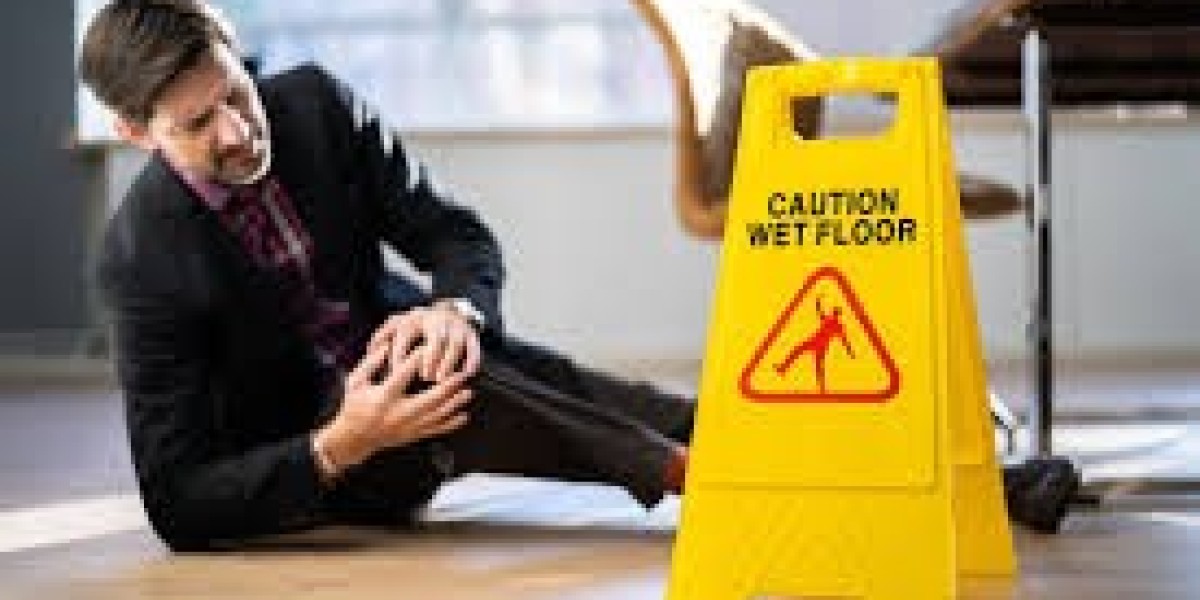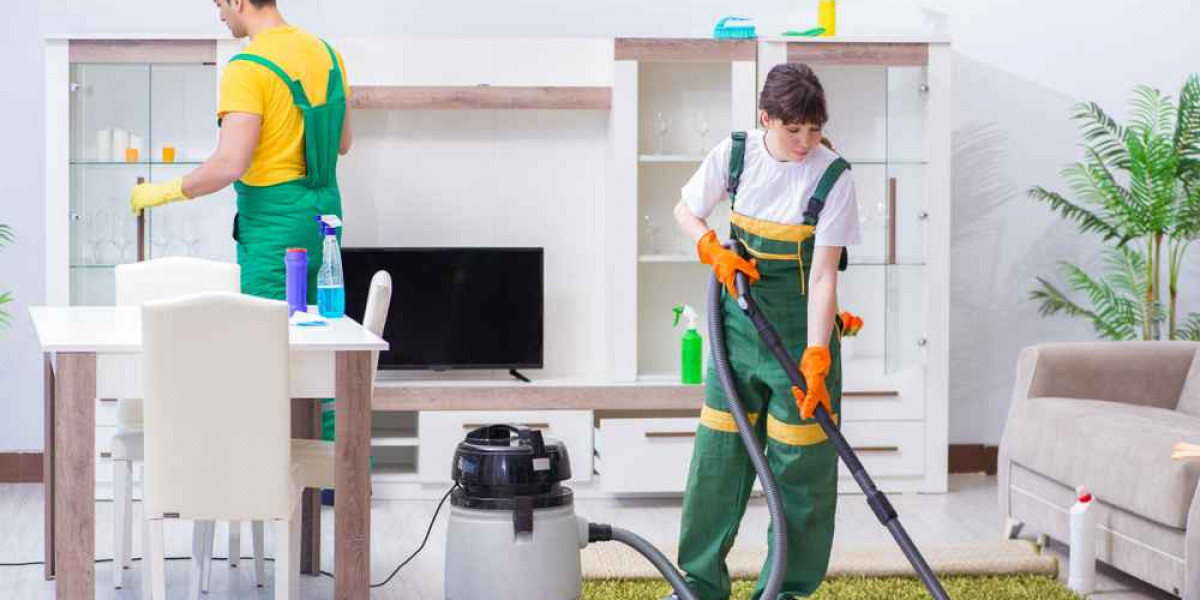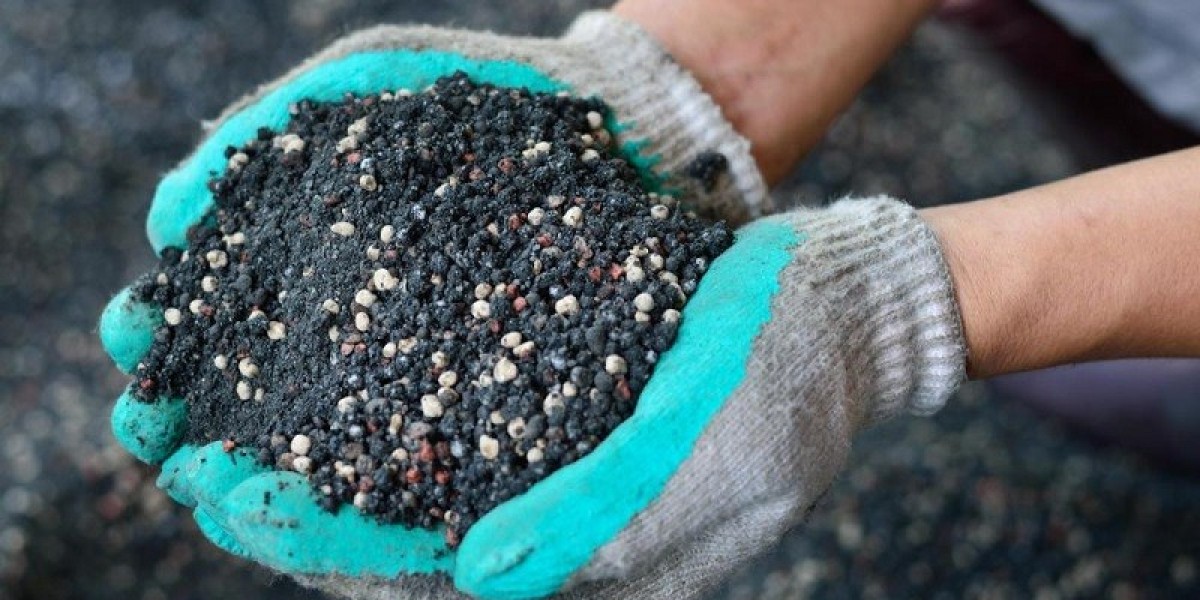A slip and fall accident occurs when someone loses balance due to a hazardous condition on someone else’s property. It may sound minor, but these incidents can cause serious injuries like broken bones, spinal damage, or head trauma. A slip and fall accident often results from negligence or lack of maintenance.
These types of accidents fall under a legal category called premises liability. This means that the owner or manager of a property is responsible for keeping their premises safe. If they fail to do so and someone gets hurt, the injured party has the legal right to seek compensation.
Common Places Where Accidents Happen
Slip and fall injuries can happen almost anywhere—grocery stores, shopping malls, workplaces, restaurants, apartment buildings, and even public sidewalks. Poor lighting, uneven flooring, wet surfaces, or cluttered walkways are frequent culprits. These conditions often go unnoticed until someone gets seriously hurt, turning a routine moment into a medical emergency.
Even seemingly safe places like hospitals or offices can become accident zones if safety protocols aren’t followed. It’s important to recognize that these accidents aren’t always the victim’s fault. Often, they’re preventable if only property owners had taken simple precautions or maintained safer environments.
Why These Injuries Shouldn’t Be Taken Lightly
While some falls may lead to minor bruises or embarrassment, others result in long-term consequences. Elderly individuals, for instance, are especially vulnerable to severe complications like hip fractures or traumatic brain injuries. Recovery can be slow, painful, and expensive—both physically and financially. Ignoring these injuries can lead to permanent damage.
Beyond physical harm, emotional and psychological effects can linger. Victims may develop anxiety about walking in public or using stairs. Lost wages, reduced mobility, and ongoing therapy only add to the distress. That’s why it’s vital to take these injuries seriously and understand your legal options after such an incident.
What To Do Immediately After a Fall
The actions you take right after a slip and fall can significantly affect your case. First, seek medical attention even if you think your injuries are minor. Some symptoms appear hours or days later. Next, document the scene—take photos of the hazard, your injuries, and gather witness information if possible.
Report the accident to the property manager or owner and ask for a written report. Avoid making statements that admit fault or downplay your injuries. Keep copies of all your medical records and expenses. These documents serve as critical evidence should you decide to file a legal claim later on.
Proving Liability in a Slip and Fall Case
To have a valid claim, you must show that the property owner was negligent. This means proving they knew—or should have known—about the dangerous condition and failed to fix it. This isn’t always easy, especially when the owner denies wrongdoing or the hazard has been quickly removed.
An investigation might include reviewing maintenance logs, surveillance footage, or previous complaints about similar hazards. Witness testimony can also be valuable. Establishing a clear timeline and showing that the property owner had enough time to act but didn’t is a crucial part of proving your case.
Why Legal Help Matters
You might think you can handle a slip and fall claim on your own, but the legal process is rarely straightforward. Insurance companies will try to minimize your injuries or claim you were at fault. An experienced personal injury lawyer knows how to counter these tactics and protect your rights.
Legal representation can also ensure that all filing deadlines are met and that your claim includes all potential damages—medical costs, lost wages, pain and suffering, and future expenses. A lawyer works to build a strong case, negotiate settlements, or represent you in court if necessary.
The Role of Insurance Companies
Once you file a claim, expect the property owner's insurance company to get involved quickly. They might offer a quick settlement, hoping you’ll accept it before realizing the full cost of your injury. It’s tempting to take the money, especially if you're missing work, but be cautious.
Insurers are businesses looking to protect their bottom line. Their offers may not cover future medical treatment, therapy, or reduced earning capacity. Always consult with a legal expert before signing anything. A slip and fall accident can have long-lasting consequences that deserve full and fair compensation.
Types of Compensation You Might Receive
Victims of slip and fall accidents may be eligible for several types of compensation. These include coverage for emergency room visits, surgeries, rehabilitation, prescription medication, and any future treatments. Lost income, diminished work capacity, and even emotional suffering may also be compensated depending on the case.
In severe cases involving gross negligence, you may be awarded punitive damages as well. This is designed to punish the property owner and deter future misconduct. Your attorney will work to calculate the full value of your claim so you don’t leave money on the table during settlement negotiations.
What Affects the Value of Your Claim?
Several factors influence how much compensation you can receive. These include the severity of your injuries, the clarity of liability, whether you had any pre-existing conditions, and how the fall has impacted your daily life. The more severe and disruptive the injury, the higher the potential compensation.
Courts and insurers also consider how quickly you sought medical treatment and how consistent your records are. Documentation is everything. Without it, even the strongest claim can weaken. That’s why it’s essential to keep a detailed file of everything related to your injury, treatment, and interactions with insurers.
How Long Do You Have to File a Claim?
There is a legal time limit—known as the statute of limitations—for filing a slip and fall lawsuit. Depending on your state, this could range from one to three years from the date of the accident. Missing this window means losing your right to seek compensation permanently.
Even though that may seem like a long time, it’s best to act quickly. Evidence can disappear, memories fade, and injuries worsen. Speaking with a lawyer right away ensures your case starts strong. Timely action is one of the most powerful tools you have in winning a fair settlement.
Preventing Future Slip and Fall Accidents
While legal action is necessary after an injury, preventing future incidents is just as important. Property owners should conduct regular inspections, fix hazards promptly, and clearly mark wet or unsafe areas. Simple actions like installing handrails or using non-slip mats can make a significant difference in preventing injuries.
As a pedestrian or customer, be aware of your surroundings, especially in unfamiliar or busy places. While you can’t prevent every hazard, taking small precautions can reduce your risk. Slip and fall accidents affect thousands each year. With shared responsibility, we can make public and private spaces safer for everyone.
Conclusion
A slip and fall accident may seem like a simple mishap, but the effects can be devastating and long-lasting. Whether it’s medical bills, lost income, or emotional trauma, you deserve accountability and support. Taking legal action is not about revenge—it’s about fairness and regaining control over your life.
You don’t have to face this journey alone. The right legal partner can make all the difference in securing the compensation and closure you need to move forward. Dewitt Law is here to guide and support you every step of the way—with the care, expertise, and commitment you deserve.








